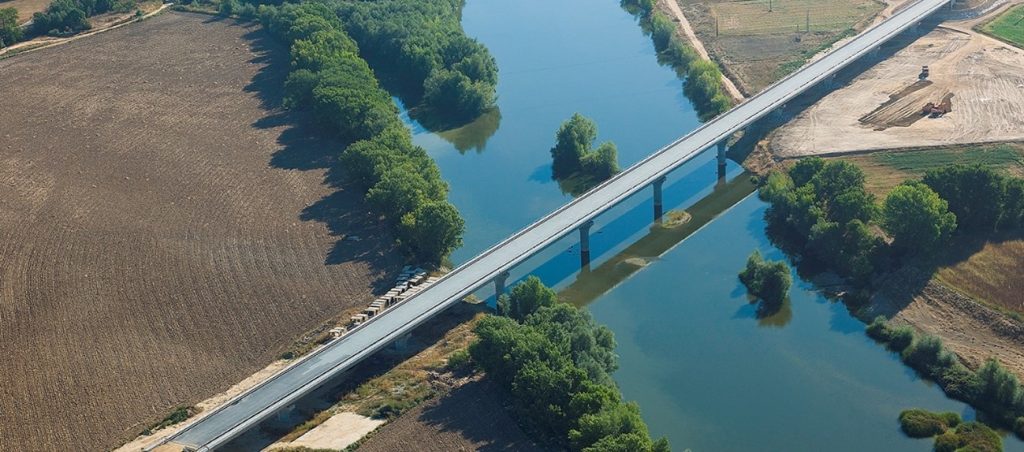It’s been one month since Adif started operating the full High Speed line to Galicia, in north-western Spain. The last 120 kms were commissioned last December 21, thereby connecting this outlying region with the centre of the country and the rest of the high-speed network.
This line connects this peripheral and traditionally poorly communicated area with a modern and fast network, which means new opportunities for the region and greater social and territorial cohesion. The project was quite a challenge and Adif had to overcome relevant technical difficulties to finalize this last section, namely the construction of around thirty tunnels and as many viaducts. In the whole Madrid-Ourense line (465 kilometres), there are up to 50 tunnels and 79 viaducts, which gives an idea of the complicated orography.
Designed for a maximum speed of 300 km/h, the Galician HS line connects in Santiago de Compostela with the Atlantic Axis, which links A Coruña, Santiago, Pontevedra and Vigo. The current high-speed line to Galicia, together with the Atlantic Axis, required an investment of more than 10,000 M€ over the last 16 years, with significant European funding.
With the commissioning of the last section of the line, Ourense becomes the key distribution centre for Galician HS, connecting this important city to Madrid in 2 hours and 15 minutes, that is, half the travel time than only 2 years ago, when the previous sections were commissioned, between Zamora and Pedralba. From Ourense, and in the near future, thanks to the new trains, travel times will even improve to the rest of Galician towns.
This is a new milestone for Spain, one of the countries that more strongly invests in high-speed rail, with a network of more than 3,726 km, the second largest in the world.
In Spain, Adif will be in charge of investing an important share of the Next Generation funds, and among its main goals, the Spanish infrastructure manager will include completing other HS sections already underway, such as the connection with France through the Basque Country; the connection, to the southeast, with Murcia and Almería or the improvement of the infrastructure with Portugal.
All these projects, together with other priorities such as the completion of the Mediterranean Corridor to promote freight traffic; the improvement of the commuter lines; the elimination of bottlenecks or transforming stations into multimodal centres that will allow cleaner mobility in cities will provide Spain with one of the most competitive, safe and reliable networks n Europe and it will contribute to EU’s decarbonization goals.




